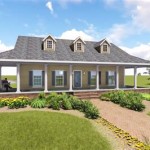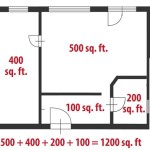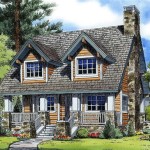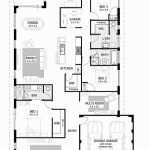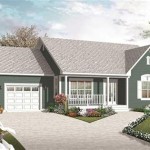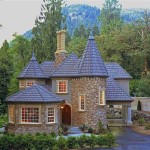Essential Aspects of Handicap Accessible Small House Plans
Designing a small house that meets the needs of individuals with disabilities requires careful planning and attention to specific accessibility features. These features not only enhance comfort and safety but also promote independence and well-being for all occupants. Here are some essential aspects to consider when creating handicap accessible small house plans:
1. Universal Design Principles
Universal design principles aim to create spaces that are accessible and usable by everyone, regardless of their abilities. By incorporating these principles, small house plans can be designed to accommodate individuals of all ages and abilities, including those with disabilities.
2. Accessible Entryways
The entryway to the house is the first point of access and should be designed to be accessible for all. This includes providing a ramp or step-free entrance, wide doorways, and clear pathways. Automatic door openers can also be considered for added convenience.
3. Single-Level Living
Single-level homes eliminate the need for stairs or elevators, making them ideal for individuals with mobility impairments. By placing all living spaces on one level, accessibility and convenience are maximized.
4. Accessible Bathrooms
Bathrooms are one of the most important areas to consider for accessibility. They should include roll-in showers with grab bars, raised toilets with side rails, and accessible sinks with lever handles. Ample space for maneuvering wheelchairs and other assistive devices is also essential.
5. Open Floor Plans
Open floor plans create a more spacious and accessible environment. Wide hallways and doorways allow for easy movement throughout the house, eliminating barriers for individuals with mobility issues.
6. Lighting and Controls
Adequate lighting is crucial for safety and accessibility. Motion-activated lights can provide convenience, while dimmers allow for adjustments to suit different needs. Smart home systems can also be integrated to enable voice-activated control of lighting and other features.
7. Safety Features
Incorporating safety features into small house plans is essential for the well-being of all occupants. These features may include smoke detectors, carbon monoxide detectors, and emergency call systems. Grab bars in bathrooms and hallways can also prevent falls and increase safety.
8. Outdoor Accessibility
Accessibility should not be limited to the interior of the house. Outdoor spaces should also be designed to be accessible, including ramps or level pathways, accessible patios, and raised garden beds.
9. Collaboration and Customization
When designing small house plans, it is essential to involve individuals with disabilities to ensure that their needs are met. Customization is key to creating a truly accessible and comfortable living environment.
10. Building Codes and Regulations
It is important to adhere to local building codes and regulations regarding accessibility. These codes provide guidelines for features such as ramps, doorways, and bathroom fixtures to ensure compliance and safety standards.
Conclusion
Handicap accessible small house plans are designed to promote independence, comfort, and safety for individuals with disabilities. By incorporating universal design principles, accessible features, and safety considerations, architects and designers can create living spaces that empower all occupants and enhance their quality of life.

Wheelchair Accessible Small House Plans Drummond

Wheelchair Accessible Floor Plan House Plans Bathroom

Wheelchair Accessible Small House Plans Drummond

Wheelchair Accessible House Plan 2 Bedrms Baths 1687 Sq Ft 147 1009

Accessible Handicap House Plans Style Results Page 1

798 Sq Ft Wheelchair Accessible Small House Plans Tiny

798 Sq Ft Wheelchair Accessible Small House Plans Tiny

How To Find An Accessible Floor Plan House Plans

Wheelchair Accessible Small House Plans Drummond

Small Space Accessibility Accessible Homes House Plans Design
Related Posts

